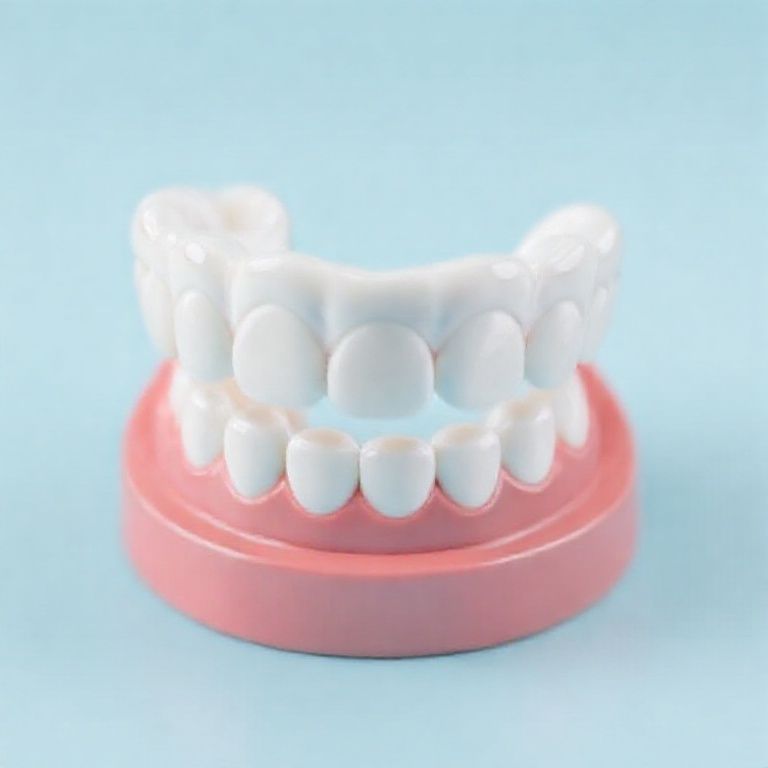A Comprehensive Guide to fiber reinforced bridge price philippines: Benefits, and Everything You Need to Know
For many Filipinos, achieving a complete and confident smile is a top priority. Missing teeth can not only affect aesthetics but also hinder chewing and speaking abilities. Fortunately, advancements in dental technology offer solutions like fiber-reinforced bridges (FRBs) – a cost-effective and aesthetically pleasing option for replacing missing teeth.
This comprehensive guide dives deep into the world of fiber reinforced bridge price philippines.
By the end of this guide, you’ll be well-equipped to make an informed decision about whether an FRB is the right solution for restoring your smile.

What are Fiber-Reinforced Bridges (FRBs)?
Fiber-reinforced bridges, also known as Maryland bridges or bonded bridges, are a type of fixed dental restoration used to replace one or more missing teeth. Unlike traditional bridges that rely on crowns placed on adjacent healthy teeth for support, FRBs utilize a lightweight, tooth-colored resin framework reinforced with fibers for added strength. This framework is then bonded directly to the backside of the teeth flanking the gap.
FRBs offer a more conservative approach compared to traditional bridges as they don’t require altering the structure of healthy teeth through extensive grinding for crown placement.
Benefits of FRBs Compared to Traditional Bridges and Implants
While several options exist for replacing missing teeth, FRBs stand out for several reasons:
- Cost-effective: FRBs are generally more affordable than traditional bridges and dental implants. This makes them a viable option for budget-conscious patients.
- Minimal tooth alteration: Unlike traditional bridges, FRBs require minimal preparation of the neighboring teeth, preserving more of the natural tooth structure.
- Conservative approach: FRBs offer a less invasive procedure compared to dental implants which involve surgical placement.
- Natural-looking aesthetics: High-quality FRBs are designed to closely mimic the appearance of natural teeth, blending seamlessly with your smile.
- Durability: Modern FRBs are known for their strength and longevity, lasting for several years with proper care.
- Relatively quick procedure: Compared to implants, FRB placement can be completed in a single dental visit, depending on the complexity of the case.
Factors Affecting the Cost of FRBs in the Philippines
The cost of an FRB in the Philippines can vary depending on several factors:
- Dentist’s experience and location: Dentists with extensive experience in cosmetic dentistry and those practicing in high-cost urban areas might charge more.
- Complexity of the case: If you have multiple missing teeth or require additional procedures before FRB placement, the cost will likely be higher.
- Materials used: The type of resin and fiber used in the FRB can affect the overall cost. Higher-quality materials tend to be more expensive but also offer better aesthetics and durability.
- Laboratory fees: The dental laboratory that fabricates the FRB may have varying fees.
Cost Breakdown of FRBs in Different Regions
Here’s an estimated cost range for FRBs in different regions of the Philippines:
| Region | Estimated Cost per Tooth (PHP) |
|---|---|
| Metro Manila | ₱15,000 – ₱25,000 |
| Luzon (excluding Metro Manila) | ₱12,000 – ₱20,000 |
| Visayas | ₱10,000 – ₱18,000 |
| Mindanao | ₱8,000 – ₱15,000 |
Please note: These are just estimates, and the actual cost may vary depending on the factors mentioned above.
Finding a Qualified Dentist for FRB Placement
Choosing a qualified and experienced dentist is crucial for the success of your FRB treatment. Here are some tips for finding the right dentist:
- Seek recommendations: Ask friends, family, or your regular dentist for recommendations for dentists experienced in placing FRBs.
- Check online reviews: Read online reviews of dentists in your area to get a sense of their experience and patient satisfaction.
- Research the dentist’s credentials: Verify the dentist’s license and ensure they are members of reputable dental associations in the Philippines.
- Schedule a consultation: During the consultation, discuss your expectations, concerns, and medical history with the dentist. Ask about their experience with FRBs and see if they can provide you with before-and-after photos of their work.
The FRB Procedure: What to Expect
The FRB placement procedure typically involves the following steps:
- Consultation and Examination: The dentist will discuss your dental history, examine your teeth and gums, and take X-rays to determine if you’re a good candidate for FRBs.
- Tooth Preparation: Minimal preparation of the teeth flanking the gap may be required to ensure a good fit for the FRB wings. This usually involves removing a small amount of enamel.
- Impression Taking: The dentist will take impressions of your teeth to create a precise mold for the FRB.
- Temporary Bridge (Optional): In some cases, a temporary bridge may be placed while the permanent FRB is being fabricated in the dental laboratory.
- FRB Placement: During your next appointment, the dentist will bond the permanent FRB to the prepared teeth. They will check the fit, bite, and aesthetics of the bridge, making adjustments as necessary.
The entire procedure can be completed in one visit, depending on the complexity of the case.
Caring for Your FRB for Long-Term Success
Proper care is essential to ensure the longevity of your FRB. Here are some tips:
- Maintain good oral hygiene: Brush your teeth twice daily and floss at least once a day to remove plaque and bacteria buildup.
- Pay attention to your diet: Avoid hard or sticky foods that can damage the FRB.
- Schedule regular dental checkups and cleanings: Regular dental visits allow your dentist to monitor the health of your FRB and teeth.
- Use a nightguard: If you grind your teeth, wearing a nightguard can protect your FRB from damage.
FAQs About FRBs
Here are some frequently asked questions about FRBs:
- How long do FRBs last? With proper care, FRBs can last for 5 to 10 years or even longer.
- Can FRBs be repaired? Yes, minor chips or cracks in an FRB can usually be repaired by a dentist. However, if the damage is extensive, the FRB may need to be replaced.
- Are FRBs right for everyone? FRBs are not suitable for everyone. People with weak teeth, severe gum disease, or certain medical conditions may not be good candidates for this type of bridge.
- What are the alternatives to FRBs? Traditional bridges and dental implants are alternative options for replacing missing teeth. Discuss these options with your dentist to determine the best solution for your needs.
Additional Resources
- Philippine Dental Association: https://pda.com.ph/
- The American College of Prosthodontists: http://www.prosthodontics.org/index.html
Conclusion
Fiber-reinforced bridges offer a cost-effective, minimally invasive, and aesthetically pleasing solution for replacing missing teeth. If you’re looking for a way to restore your smile and improve your oral health, FRBs may be a good option for you.
By understanding the benefits, costs, procedure involved, and proper care techniques, you can make an informed decision about whether FRBs are right for you. Remember to consult with a qualified dentist to discuss your individual needs and determine the best solution for achieving a complete and healthy smile.
You might also want to check out these articles for more ideas: fiber reinforced bridge price malaysia


